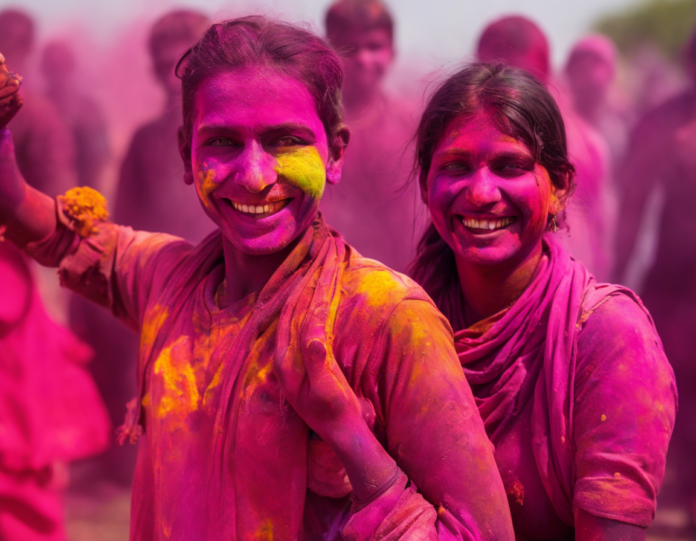Holi 2024 Date: Celebrate the Festival of Colors!
Holi, also known as the Festival of Colors, is a vibrant and joyous festival celebrated by Hindus across the world. It marks the arrival of spring and the victory of good over evil. During this festival, people come together to play with colors, enjoy festive treats, and celebrate with music and dance. Holi is a time of forgiveness, renewal, and the strengthening of relationships.
History and Significance of Holi
Holi has its roots in Hindu mythology and folklore. One of the most popular stories associated with Holi is the legend of Prahlad and Hiranyakashipu. Prahlad, a devotee of Lord Vishnu, was protected from his father Hiranyakashipu’s evil intentions by the divine intervention of Holika, who was eventually defeated by the powers of good. This victory of good over evil is commemorated during Holi.
Date of Holi 2024
Holi is celebrated on the full moon day in the Hindu month of Phalguna, which usually falls in March according to the Gregorian calendar. In 2024, Holi will be celebrated on March 19th. The festival is typically observed over two days, with Holika Dahan (burning of bonfires) taking place on the first evening and Rangwali Holi (playing with colors) on the next day.
Celebrating Holi: Traditions and Customs
Holi is a festival filled with unique traditions and customs that vary across different regions of India. Some of the common practices observed during Holi include:
1. Holika Dahan: On the eve of Holi, people gather to light bonfires to signify the burning of Holika, symbolizing the triumph of good over evil.
2. Playing with Colors: The most iconic aspect of Holi is the playful throwing of colored powders and water on family and friends. This tradition symbolizes unity and harmony.
3. Gujiya and Other Special Treats: Holi is also a time for indulging in special festive treats like gujiya, a sweet dumpling filled with nuts and khoya, and thandai, a refreshing drink made with milk and flavored with spices.
4. Music and Dance: Holi celebrations are incomplete without music, dance, and lively processions in the streets. People come together to sing and dance to traditional folk songs.
5. Forgiveness and Reconciliation: Holi is a time to let go of grudges and start afresh by seeking forgiveness from others and reconciling strained relationships.
FAQs about Holi
1. What is the significance of playing with colors during Holi?
Playing with colors during Holi symbolizes unity, equality, and the breaking down of social barriers. It is a time for people to come together, let loose, and celebrate without distinctions of caste, creed, or status.
2. How is Holi celebrated in different parts of India?
Holi is celebrated in various ways across India. In the north, cities like Mathura and Vrindavan are famous for their grand Holi celebrations, while in the west, states like Gujarat have unique traditions like the playing of dandiya raas during Holi.
3. Are there any traditional Holi foods that are commonly prepared during the festival?
Yes, there are several traditional foods prepared during Holi, such as gujiya, mathri, papri chaat, malpua, and thandai. These treats are shared among family and friends during the festive celebrations.
4. Is it necessary to participate in the color-throwing aspect of Holi?
Participation in the color-throwing aspect of Holi is optional. While it is a major part of the celebration for many people, there are other ways to enjoy the festival, such as enjoying the festive foods, music, and cultural performances.
5. How can non-Hindus respectfully participate in Holi celebrations?
Non-Hindus can respectfully participate in Holi celebrations by seeking permission before applying colors to others, dressing modestly, and being mindful of cultural sensitivities. It is also a good idea to learn about the significance of the festival before taking part in the celebrations.
In conclusion, Holi is a time of joy, color, and togetherness. It is a festival that transcends barriers and brings people together in a spirit of love and harmony. By understanding the history, significance, and traditions of Holi, individuals can fully immerse themselves in the celebration of this vibrant and colorful festival.









